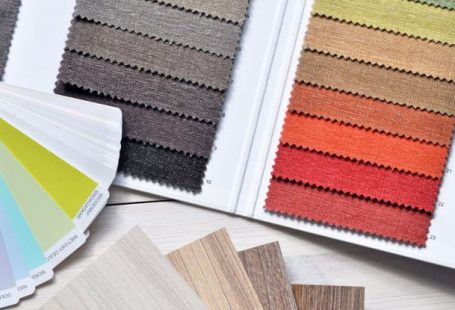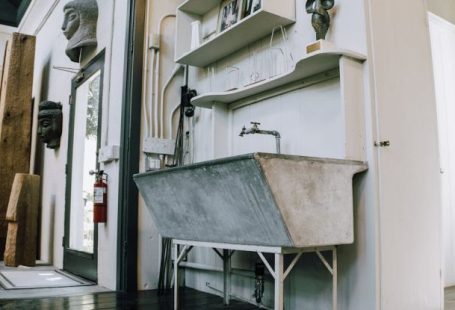Sustainable construction is a growing trend in the architecture and building industry, with a focus on reducing environmental impact and promoting a healthier living environment. One of the key aspects of sustainable construction is the use of eco-friendly building materials. As technology advances and awareness of environmental issues increases, the construction industry is continuously evolving, leading to the emergence of new trends in sustainable building materials.
Innovative Use of Recycled Materials
One of the latest trends in sustainable building materials is the innovative use of recycled materials. Designers and architects are increasingly incorporating materials such as recycled glass, plastic, and metal into construction projects. These materials not only help reduce waste but also offer unique aesthetic qualities that can enhance the overall design of a building. For example, recycled glass countertops or tiles can add a touch of sophistication and eco-friendliness to a space.
Biodegradable Materials
Another emerging trend in sustainable building materials is the use of biodegradable materials. These materials are designed to break down naturally over time, reducing the environmental impact of construction projects. Examples of biodegradable materials include bamboo, cork, and straw. Bamboo, in particular, is gaining popularity due to its rapid growth rate and durability, making it an excellent alternative to traditional hardwoods.
Green Insulation
Insulation is a critical component of sustainable construction, as it plays a significant role in reducing energy consumption and maintaining a comfortable indoor environment. Green insulation materials, such as recycled denim, wool, and cellulose, are becoming increasingly popular for their energy-efficient properties and minimal environmental impact. These materials offer excellent thermal performance and can help reduce heating and cooling costs in buildings.
Plant-Based Materials
Plant-based materials, such as hempcrete and bamboo, are also gaining traction in the sustainable construction industry. Hempcrete is a mixture of hemp fibers, lime, and water that offers excellent thermal insulation and fire resistance properties. Bamboo, on the other hand, is a fast-growing and renewable resource that can be used for flooring, cabinetry, and structural elements in buildings. These plant-based materials are not only sustainable but also contribute to a healthier indoor environment by reducing the use of toxic chemicals.
Solar Panels and Energy-Efficient Windows
Incorporating renewable energy sources into building design is another key trend in sustainable construction. Solar panels are a popular choice for generating clean energy on-site and reducing reliance on fossil fuels. Energy-efficient windows are also essential for maximizing natural light and reducing heating and cooling loads in buildings. These sustainable features not only help lower utility costs but also contribute to a greener future by reducing carbon emissions.
Durability and Longevity
When it comes to sustainable building materials, durability and longevity are essential factors to consider. Investing in high-quality materials that are built to last can help reduce maintenance costs and minimize the need for frequent replacements. Materials such as reclaimed wood, metal roofing, and concrete are known for their longevity and ability to withstand the test of time. By choosing durable materials, builders can create structures that are not only sustainable but also resilient to environmental challenges.
Innovative Building Techniques
Advancements in construction techniques are also driving the use of sustainable building materials. Prefabrication, modular construction, and 3D printing are innovative methods that can help reduce waste, streamline the construction process, and improve overall efficiency. These techniques allow for greater precision and customization while minimizing the environmental impact of construction projects.
As the demand for sustainable construction continues to rise, the use of eco-friendly building materials will play a crucial role in shaping the future of the industry. By embracing the latest trends in sustainable materials, architects, designers, and builders can create buildings that are not only environmentally friendly but also aesthetically pleasing, cost-effective, and healthy for occupants.





